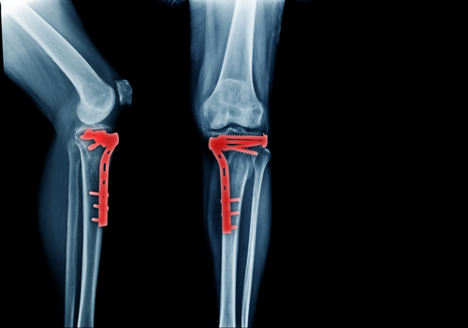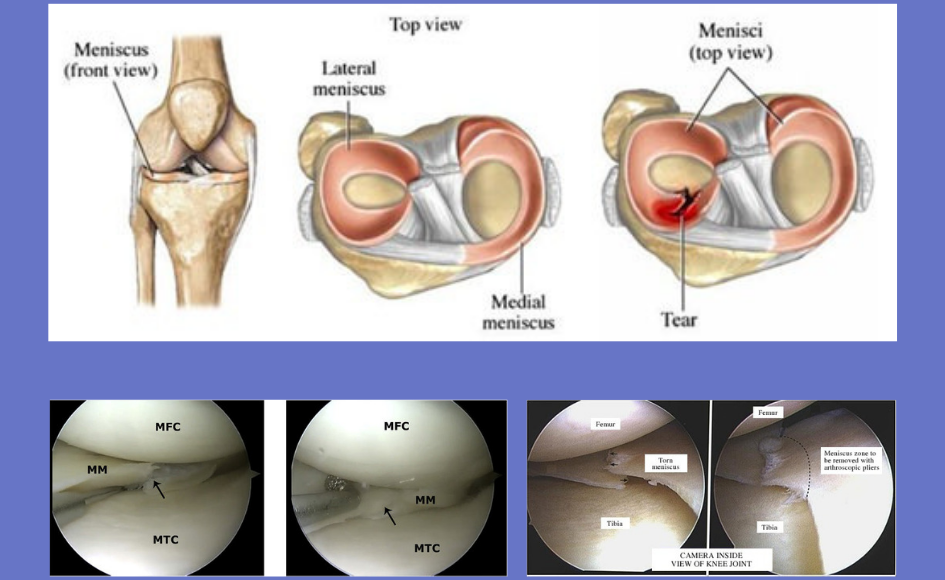
Metal Plate Treatment for Calf Fractures
People undergo different procedures to repair bone fractures but sometimes when faced with the insertion of metal plates; they feel like the procedure would do more harm than good to the nerves in the affected area. Read on to find out if metal plate treatment for the fracture of the calf can cause nerve damage or nerve death.
1. Fractures of the calf bone or tibial fractures are usually caused by repetitive strain on the bone due to injuries or high impact sports.
2. Open reduction with internal fixation or metal plate treatment can be used for complete fractures or severe cases where a cast would be unsuitable. The process involves placing a metal plate on the surface of a fractured bone with screws to hold it in place.
3. In some situations, a loose screw or the edge of the plate can press or constantly rub against the tibial nerve, causing irritation and discomfort to the affected individual. This compression of the nerves due to repetitive stress can induce nerve damage.
4. Symptoms of nerve damage caused by pressure from metal plates may include a tingling sensation, numbness, loss of reflexes and coordination, cramps, spasms, and difficulty in moving.
5. Because symptoms may not arise until a few weeks or months after damage, it may be challenging to identify the problem until it has progressed. Although the body may try to repair the injured nerves by itself, nerve death may occur if left untreated.
Metal plate treatment for fractures does not typically hurt the nerves or tendons. However, if you suspect
that the metal is compressing the nerve in your calf or any other region, it is important to seek adequate treatment to prevent nerve death.
#pinchednerve #nervecompression #calffracture #tibialnervecompression #tarsaltunnelsyndrome
#metalplate #surgery #nervepain








